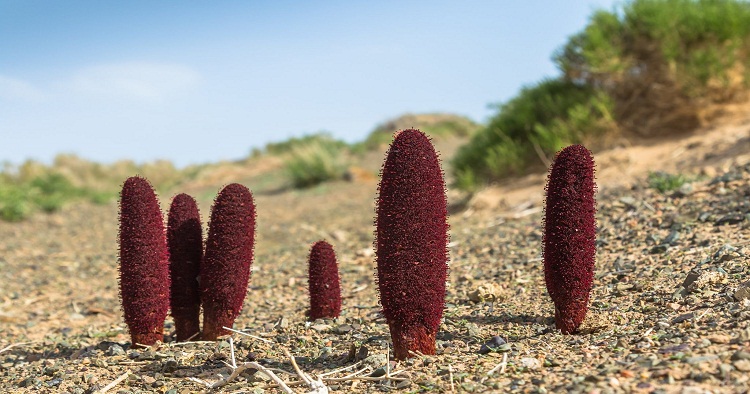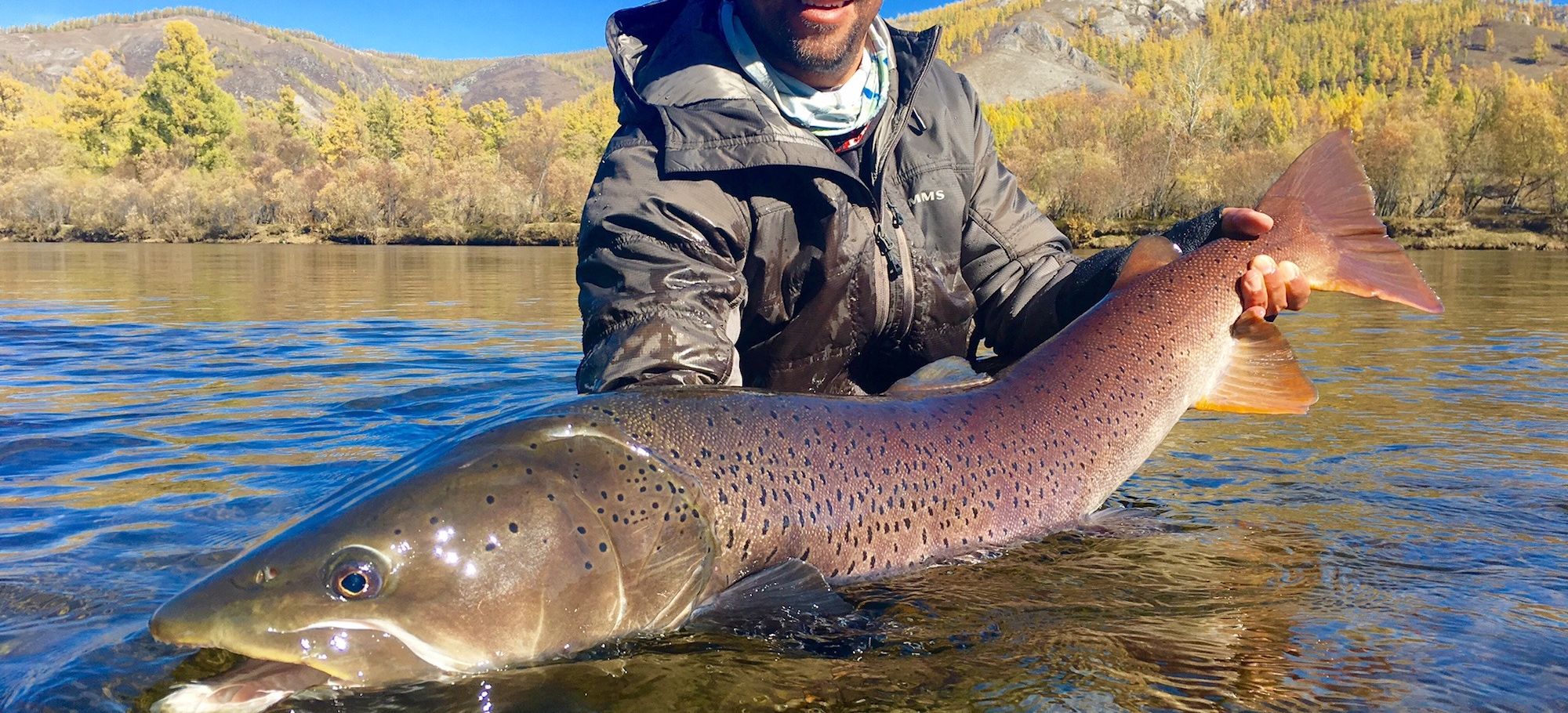Single Trip vs Multi Trip Travel Insurance: Which to Choose
The write-up pits single-trip travel insurance against multi-trip travel insurance. It portrays the differences in terms of policy duration, coverage, cost, and best use cases, thus enabling travellers to decide on the right kind of protection that fits their travel frequency and budget. Right insurance coverage is just as necessary as the right hotel booking … Read more









